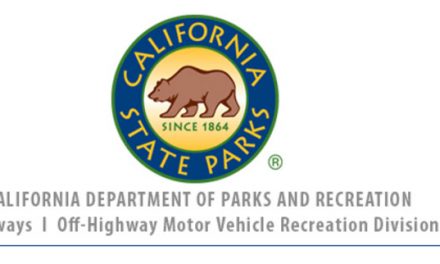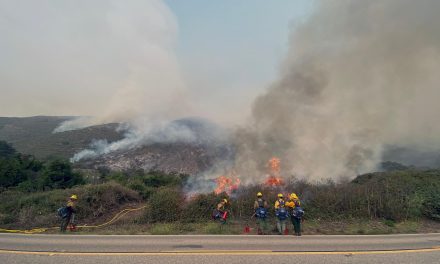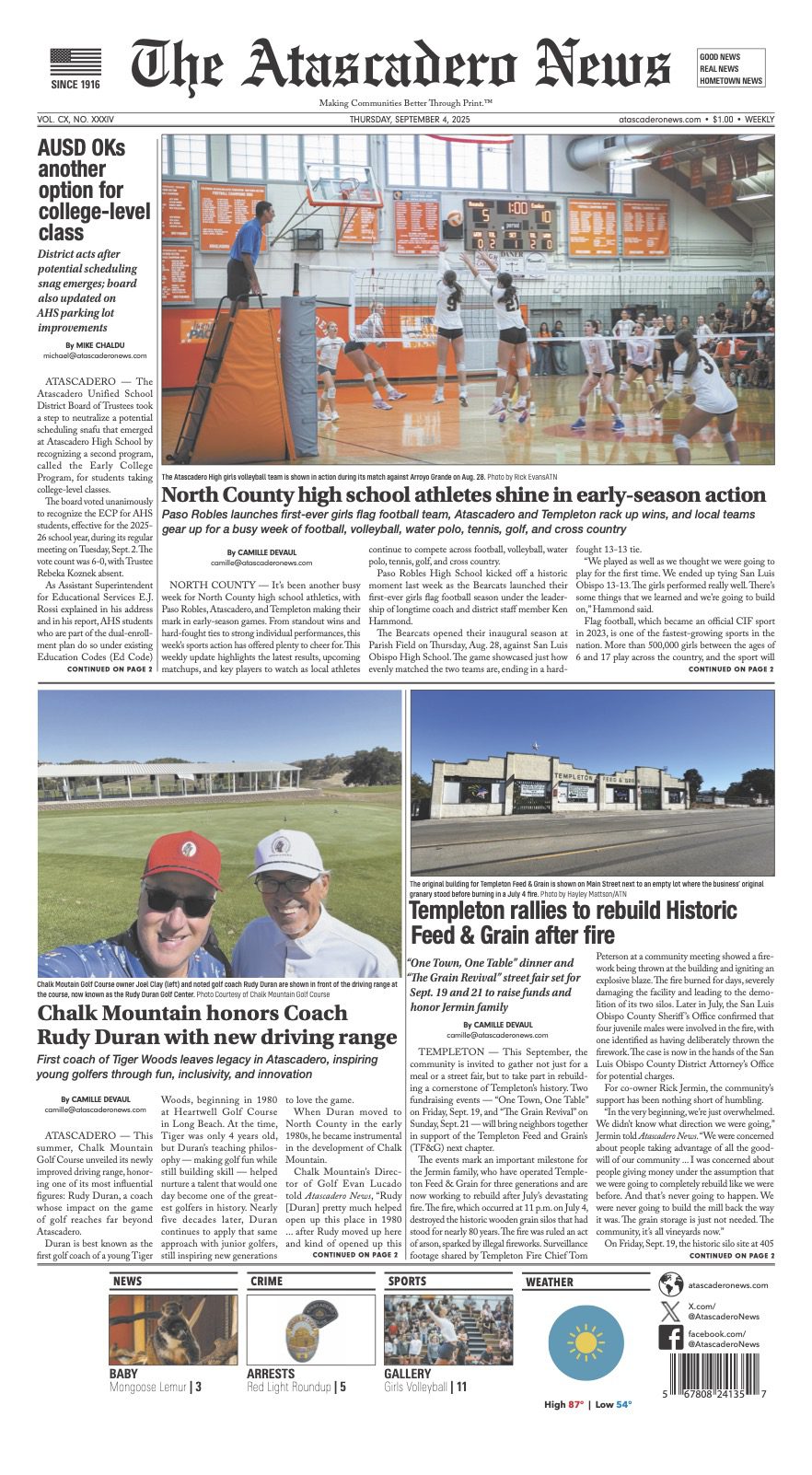On the 30th anniversary of the deadly Loma Prieta earthquake, the Governor, the Directors of the California Governor’s Office of Emergency Services (Cal OES), UC Berkeley, United States Geological Survey (USGS), Senator Jerry Hill and others announced the launch of the nation’s first statewide Earthquake Early Warning System.
The California Earthquake Early Warning System will marry a new smartphone application with traditional alert and warning delivery methods such as Wireless Emergency Alerts (WEA). The system uses ground motion sensors from across the state to detect earthquakes before humans can feel them and will notify Californians so that they can “Drop, cover and hold on” in advance of an earthquake.
For more information please visit earthquake.ca.gov.
What is earthquake early warning?
Earthquake Early Warning (EEW) systems use science, state-of-the-art monitoring technology, and innovative delivery methods to alert people via devices before the anticipated strongest shaking arrives in affected regions. Seconds to tens of seconds of alert can provide opportunity to take life-saving actions such as Drop, Cover, and Hold On and put devices into various forms of a safe mode.
Individuals or businesses receiving an alert will vary depending on the distance they are from the epicenter of the earthquake. The closer you and individual or entity, the shorter the alert time; the further they are, the longer the alert time they will receive.
Earthquake Early Warning Basics
1. In an earthquake, a rupturing fault sends out three different types of waves. The fast-moving P-wave is first to arrive, but the damage is caused by the slower S-waves and surface waves.
2. Sensors detect the P-wave and immediately transmit data to an earthquake alert center where the location and size of the quake are determined and updated as more data becomes available.
3. A message from the alert center is immediately transmitted to users.
Potential Benefits:
- Public Warning – Alert individuals to take protective actions such as Drop, Cover, and Hold On.
- First Responder Mobilization – Open fire station doors for rapid deployment of emergency response equipment and personnel.
- Health Care – Notify medical providers to stabilize and/or stop delicate procedures and maintain critical medical facility operations.
- Utility Infrastructure – Safeguard energy sector grid and other utility infrastructure for strong shaking with warning alarms and automatic controls to prevent combustions, flooding, and loss of water distribution systems.
- Mass Transit Systems – Prevent fatal collisions or derailments by automatically slowing and/or stopping trains, clearing bridges, and diverting inbound airport traffic.
- Workplace Safety – Employees take protective actions, initiate elevator recall procedures to ground floor, place sensitive equipment in safe mode, secure hazardous materials, and halt production lines to reduce damage.
Limitations:
The earthquake early warning system in California will be able to provide seconds to tens of seconds of alert prior to strong shaking. People may receive a ShakeAlert before, during, or after shaking arrives at their locations. The length of time warning given to any location, before, or after shaking begins depends on a number of factors, including:
- Distance between the epicenter and the closest seismic sensor stations. Generally, the first waves to arrive at a station are the less damaging P-waves that travel 2.5 – 4.5 miles per second on average. The more damaging S-waves travel at approximately 3 miles per second. The closer a station is to the source, the more rapidly the ground motion measurements from an earthquake are identified and the information about the earthquake is sent to the data processing center.
- Data transmission speed over the sensor network from the ground motion sensors to the processing centers for dissemination to end-users. Data from multiple stations must be collected and analyzed by the regional seismic networks to issue a warning. Ground motion information must be transferred from each station to the processing center. The existing network utilizes a variety of methods to send data back to the processing center to improve robustness, which includes radio links, phone lines, public/private internet, and satellite links. Delays from packaging and transmitting the data from the station to the processing center and the processing center to the recipient must be reduced to provide useful warning time.
- Geological conditions including type of fault, depth of earthquake event, and geological features in the surrounding areas. Real-time ground motion information received from the stations is used to detect an earthquake and rapidly determine the location and magnitude of the event. Multiple algorithms (a mathematical procedure used to compute a desired result) are used to estimate the earthquake information as rapidly as possible.
- The California Earthquake Early Warning System is based on innovative technology that will improve over time. In rare circumstances, you may receive a ShakeAlert when there was no earthquake.












